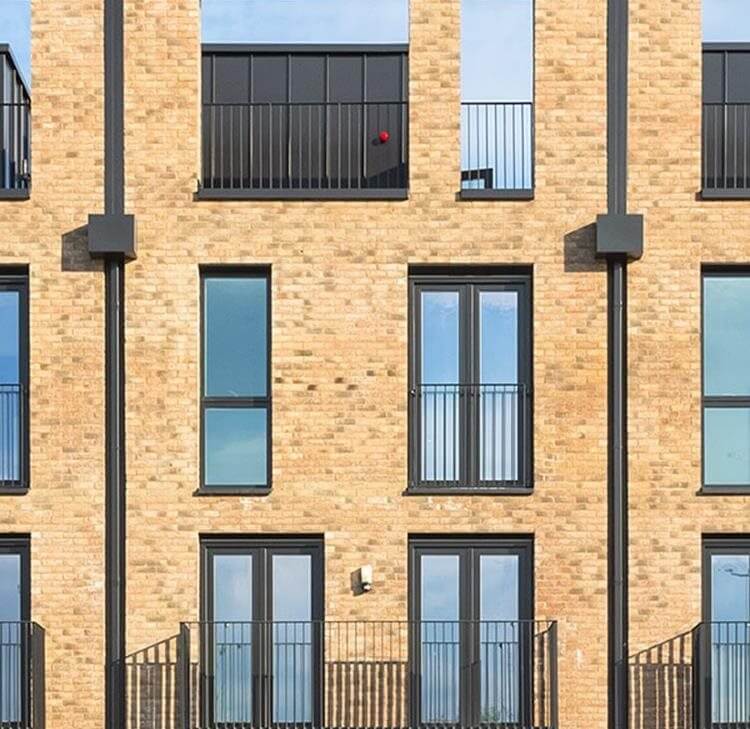As noted in the November edition of The Word, the threshold for triggering an insurer’s duty to defend can be quite low. Requiring only a mere possibility of coverage based on the allegations in the pleadings, KBK No.11 Ventures Ltd v XL Insurance Company is a reiteration of the Canadian courts’ approach. The case also emphasises that where it is impossible at the pleadings stage to determine what is or is not covered, the duty to defend will apply in respect of all claims against an insured.
Facts of the case
KBK was the developer of a newly built hotel. Claims were brought against KBK alleging various construction defects which were alleged to have resulted in glass fogging, cracking, and shattering. Claims were brought against KBK for the cost of repairs and replacement, and consequential damages.
KBK sought an indemnity from its liability insurer. However, insurers denied they were under a duty to defend the claims because they were subject to a policy exclusion which excluded cover for claims for ‘property damage’ to that part of ‘your work’ out of which the ‘occurrence’ arose.
‘Your work’ was defined as ‘work or operations performed by you or on your behalf…and… materials, parts or equipment furnished in connection with such work or operations…[including]… warranties or representations made at any time with respect to the fitness, quality, durability or performance of any of the items included’.
Insurers argued that because the KBK was a developer, its ‘work’ applied to the entire building construction and that liability was therefore excluded.
Judgment
The court rejected insurers’ argument and agreed with KBK; applying the law set out in Progressive Homes Ltd v Lombard General Insurance Co. of Canada and Lombard General Insurance v The Canadian Surety Company. Under the principles in that case, in order to give effect to the intended meaning of the exclusion, KBK’s liability was essentially divided into 2 components, namely:
- liability for repairing defective components, which was excluded; and
- liability for resulting damage, which was covered under the policy.
On the facts, it was held that the pleadings alleging fogging and cracking were manifestations of defective work, but that the claims also asserted liability for resulting damage to other property withing the building. This was sufficient to trigger insurers’ duty to defend. Crucially, the court also held that the duty to defend applied to all the claims because it was impossible at the pleadings stage to distinguish the covered from excluded claims.
Conclusions
The eventual trial of the underlying actions may determine what is covered or not covered under the policy. However, in the meantime, KBK reaffirms that under Canadian law the threshold to trigger a duty to defend remains low.
Moreover, a mere possibility that a claim falls within policy coverage will usually suffice to trigger the duty to defend.
Contents
- The Word, December 2022
- ‘Big Game Hunting’ – the new face of cyber extortion?
- Comply with policy terms – or pay the price
- IDD – application of the ‘duck test’
- Public liability register – is it (finally) on the way?
- Drafting policy limits – precision is key
- Official statistics demonstrate a new wave of age discrimination claims
Contact

Tim Johnson
Partner
tim.johnson@brownejacobson.com
+44 (0)115 976 6557







![Contractual liability for all inclusive treatment: Bartolomucci v Circle Health Group Limited [2025]](/getattachment/95f9533b-f99c-4fcc-b8d5-3f93904b8242/shutterstock_1265400856.jpg?variant=HeroImageTabletVariantDefinition)

































